signed "A. Carrier-Belleuse"
France
circa 1870
height 92 cm
width 33 cm
depth 27 cmour
web catalog link :https://galerietourbillon.com/carrier-belleuse-albert-ernest-la-naissance-de-venus-2/ Galerie Tourbillon : Free valuation - Buy and Sell at best prices
Biography :
Albert-Ernest Carrier de Belleuse known as Carrier-Belleuse (1824-1887) was oneof the most prolific artists of the century and had the greatest successesunder the Second Empire, enjoying the personal support of Napoleon III. Hiswork was greatly influenced by the style of the Italian Renaissance and that ofthe 18th century, which he helped to bring up to date.In 1837, the young Carrier-Belleuse apprenticed in the workshop of the engraverBauchery. He was admitted soon after to the goldsmith Jacques Henri Fauconnier.Through François Arago, he met the sculptor David d'Angers who facilitated hisadmission to the School of Fine Arts. Carrier-Belleuse entered it in 1840.Noted for his skill by the great bronze companies in Paris such as Barbedienneand Denière, he soon received numerous orders for models for candelabras,pendulums, fittings for fireplaces, etc. In 1848, probably at the initiative ofFrançois Arago, who became head of state, he received his first public orderfor a small statue of "Mademoiselle Rachel singing La Marseillaise".In 1851, he appeared for the first time at the Salon of French Artists, wherehe presented two bronze medallions. From 1851 to 1855, Carrier-Belleuse stayedin England, in Stoke-on-Trent where he served as director of the modeling anddrawing school of the Minton house, a large porcelain manufacturer.Back in France, Carrier-Belleuse moved to Paris in a large workshop located 15rue de la Tour d´Auvergne. From 1857, he made regular sendings to the Salon andbecame famous thanks to the success of large marbles, such as the"Bacchante" exhibited at the Salon in 1863, and acquired by NapoleonIII, "Angelica" (1866) or even "Hebe asleep" (1869). At theSalon of 1867, his group entitled "Messiah" earned him the medal ofhonor of sculpture. It was acquired by the State to adorn the Chapel of theVirgin in the Saint-Vincent-de-Paul church.Carrier-Belleuse acquired a great reputation in parallel for his terracottabusts which, in many respects, recall those of 18th century artists. He madeportraits of a large number of celebrities of his time. He produced, amongothers, the busts of Napoleon III, Renan, Thiers, Grévy, Arago, MargueriteBellanger, Théophile Gautier, Honoré Daumier, Delacroix, Hortense Schneider,Réjane… He also modelled numerous busts of mythological inspiration andhistorical and artistic portraits like Marie Stuart, Shakespeare or evenMozart.Carrier-Belleuse used and trained in his workshop in the rue de la Tourd´Auvergne many young talented artists such as Alexandre Falguière, JulesDesbois, Eugène Delaplanche, Jules Dalou or Joseph Chéret; but he was bestknown for having been the master of Auguste Rodin who entered his studio as apractitioner in 1864.Carrier-Belleuse devoted himself a lot to decorative sculpture. He contributedto the decorations of many important buildings. We owe him in particular thecaryatids of the Renaissance theater in Paris, the pediment of the mainentrance to the Banque de France, the stucco ceilings of the Lesdiguières andLa Trémoïlle pavilions at the Louvre Palace, the frieze of the Palais de laBourse in Brussels, or the decoration of the Hôtel de la Païva on theChamps-Elysées in Paris. He also received State commissions for monuments: thatof Jean-Jacques Rousseau in Montmorency, of Alexandre Dumas, inVillers-Cotterêts, of Masséna in Nice. Abroad, he produced the equestrianstatue of Michael the brave in Bucharest and the tomb of José de San Martín inBuenos Aires.In 1873, Carrier-Belleuse took part in the construction of the Paris Operahouse, directed by his friend Charles Garnier. He created the two monumentaltorchieres flanking the grand staircase in the main hall and the caryatids ofthe chimney of the grand foyer. In 1875, he was appointed director of works ofart at the Porcelain Manufacture de Sèvres. He imprinted on it a very modernimpulse which manifested itself in the creation of a complete range ofvases.



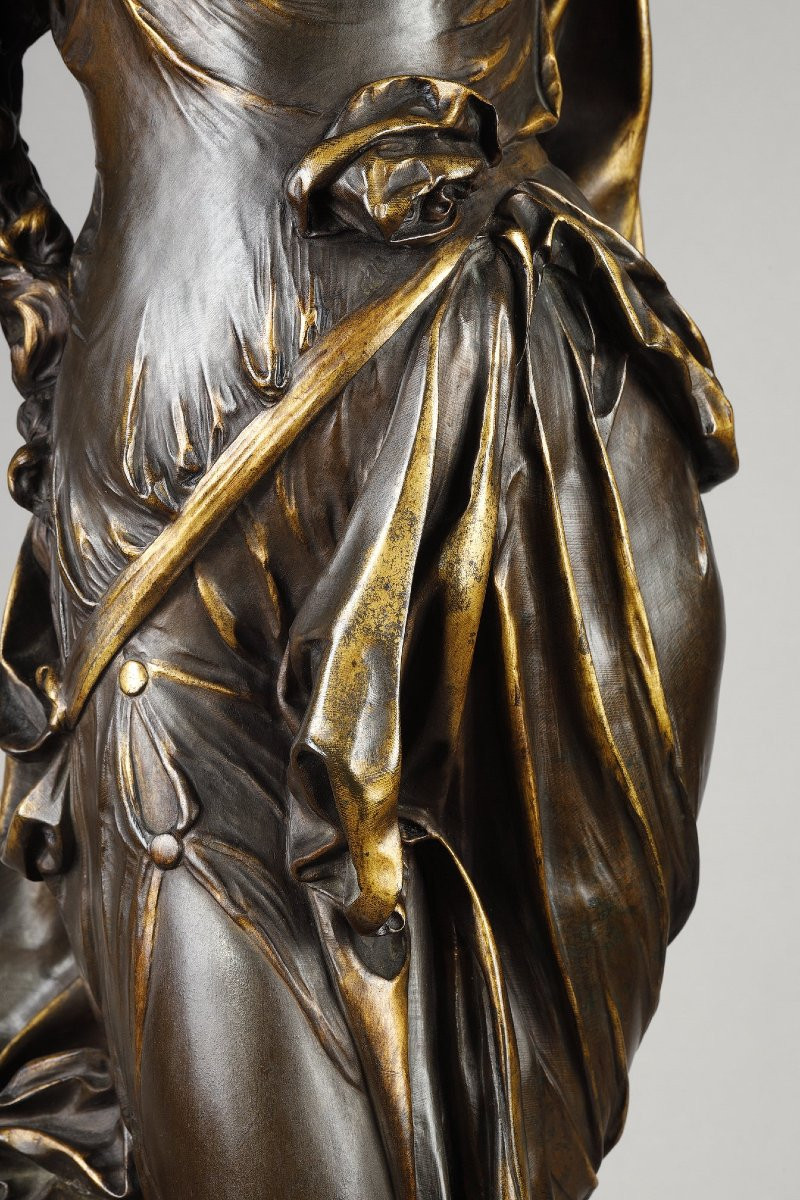



















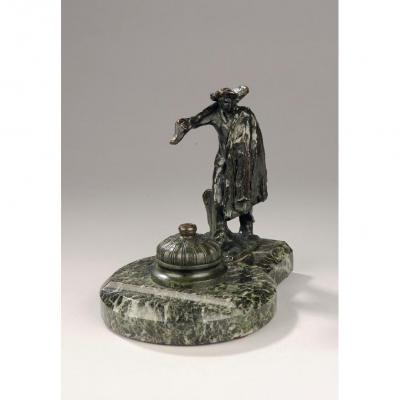
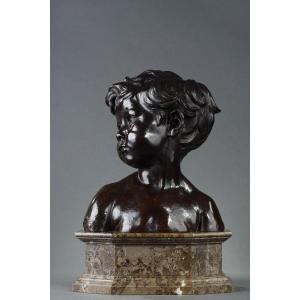



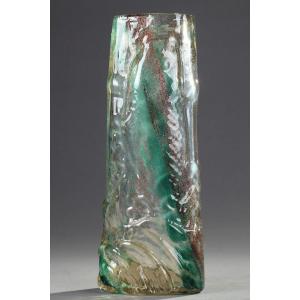



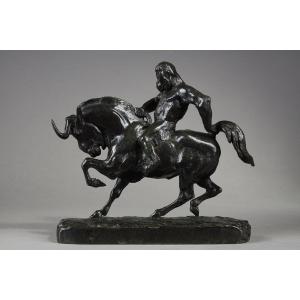



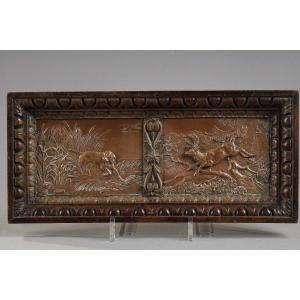
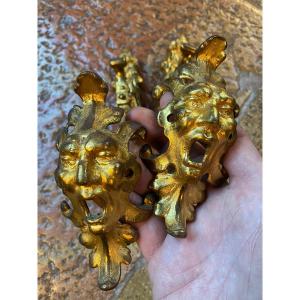







 Le Magazine de PROANTIC
Le Magazine de PROANTIC TRÉSORS Magazine
TRÉSORS Magazine Rivista Artiquariato
Rivista Artiquariato